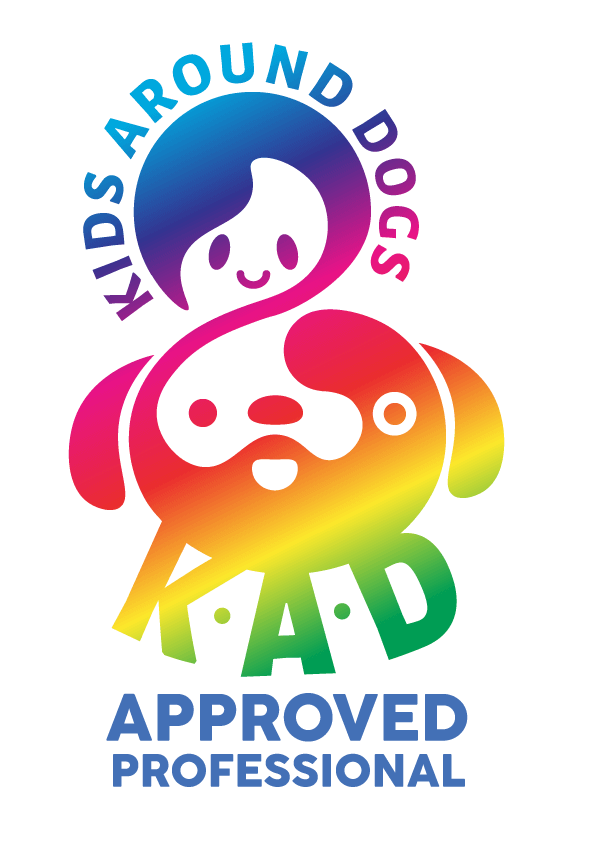Dogs have a flexible behavioural repertoire and among the many gestures they exhibit, the act of winking is one that stands out because we can only surmise its origins, meanings and significance. So, why do dogs wink?
What the science suggests…
Many might perceive a dog’s wink as a mere quirk or even a twitch – after all, spasms of the eye lid can occur in dogs. But delving into the world of canine science, we find layers of depth to this gesture beyond a medical condition. For example, a study by Nagasawa et al. (2011) highlighted the role of eye-gazing between dogs and humans. The researchers found that prolonged eye contact between the species releases oxytocin, often referred to as the ‘love hormone’, in both humans and their dogs. Oxytocin is considered pivotal for bonding, building trust, and social connections.
Although the study doesn’t pin down winking specifically, the focus on eye-based interactions underscores the role eyes play in interspecies communication, suggesting winks may be a part of this vast lexicon. Afterall, studies have shown that dogs use a range of visual, acoustic, and olfactory signals when communicating; and whilst they may employ the same signals during conspecific interactions, these signals may carry a different meaning when directed toward us humans.
The wink is a more subtle communicative cue when compared to another eye-related adaptation in dogs – their eyebrows. Kaminski et al. (2019) found that unlike their wolf ancestors, our modern-day canine companions have developed a unique muscle, the levator anguli oculi medialis, which allows dogs to raise their eyebrows. This movement makes their eyes appear larger and more infant-like, tending to elicit a nurturing response from humans. Learn more about this in my video below.
So, could it be that, like the eyebrow movement, the wink is another adaptive tool honed over time? As dogs evolved alongside us, these eye gestures might have been reinforced due to the positive human response they may have typically generated, strengthening the human-dog bond.
And this special bond spans, depending on which research you look at, anywhere between 20,000 to 40,000 years (Freedman et al., 2014). During this time, dogs have become astoundingly adept at reading human cues. In fact, data shows that dogs can outperform primates in understanding human gestures (Hare et al., 2002). This talent extends to isopraxism (behavioural mirroring, occurring consciously or subconsciously) which cements social bonds (Soproni et al., 2001). When we yawn, dogs will often yawn – whether this is a result of true mirroring, delivered as an appeasement message or other, we could argue that perhaps if a dog has seen their owner wink, might they mirror this action?
Within the dog’s communication spectrum, eye gestures like blinking or half-closing are often thought to signify relaxation or contentment (Bradshaw, 2011). So another theory put forward is that the deliberate act of winking could be an amplified version of this, where the dog is attempting to convey peace and or trust to the observer.
Key take-aways
The subtle wink of a dog and the expressiveness of their eyebrows offer a fascinating glimpse into the world of human-animal evolution and communication. While we still have much to uncover, current research would suggest that nuanced gestures help strengthen the bond we have with our four-legged friends. The next time your furry friend gives you a wink, wink back and see what happens!
References
- Bradshaw, J. W. S. (2011). Dog Sense: How the New Science of Dog Behaviour Can Make You A Better Friend to Your Pet. Basic Books.
- Freedman, A. H., Gronau, I., Schweizer, R. M., Ortega-Del Vecchyo, D., Han, E., Silva, P. M., … & Wayne, R. K. (2014). Genome sequencing highlights the dynamic early history of dogs. PLOS Genetics, 10(1), e1004016.
- Hare, B., Brown, M., Williamson, C., & Tomasello, M. (2002). The domestication of social cognition in dogs. Science, 298(5598), 1634-1636.
- Kaminski, J., Waller, B. M., Diogo, R., Hartstone-Rose, A., & Burrows, A. M. (2019). Evolution of facial muscle anatomy in dogs. Proceedings of the National Academy of Sciences, 116(29), 14677-14681.
- Nagasawa, M., Murai, K., Mogi, K., & Kikusui, T. (2011). Dogs can discriminate human smiling faces from blank expressions. Animal Cognition, 14(4), 525-533.
- Soproni, K., Miklósi, Á., Topál, J., & Csányi, V. (2001). Comprehension of human communicative signs in pet dogs (Canis familiaris). Journal of Comparative Psychology, 115(2), 122.
Learn more about our classes

Get Hanne's Book
Playing With Your Dog will help any dog owner work out the games that are best suited for their pet to play throughout his life, from puppyhood to old age. The book also shares some tricks for all ages, group activities, and recommended toys that dogs will enjoy.


























